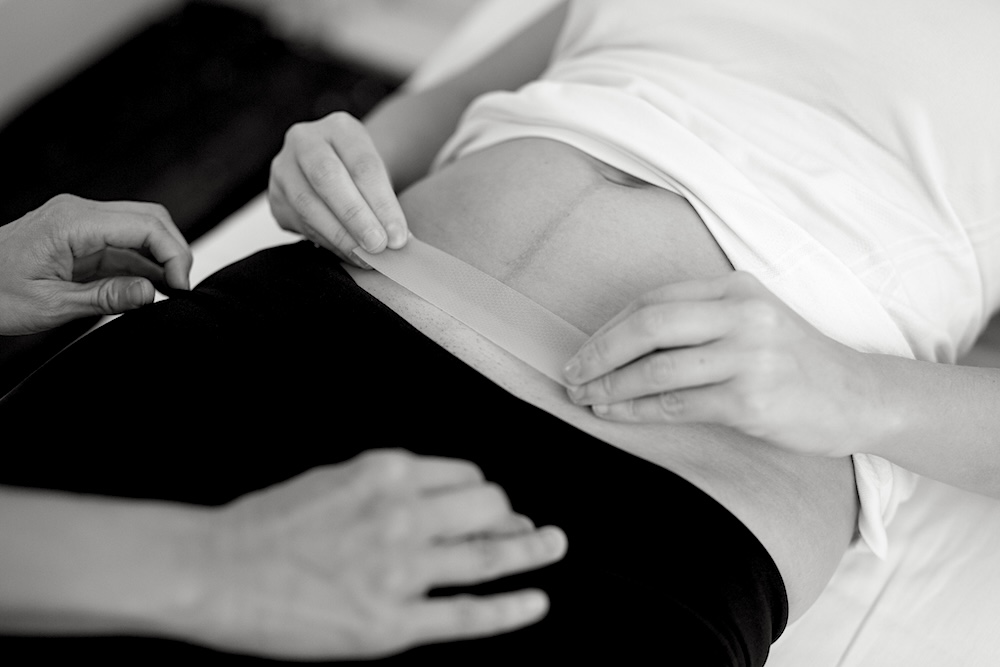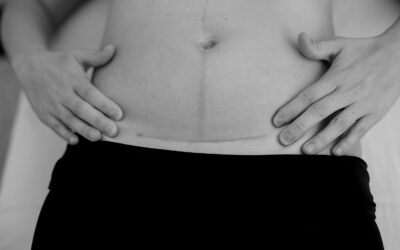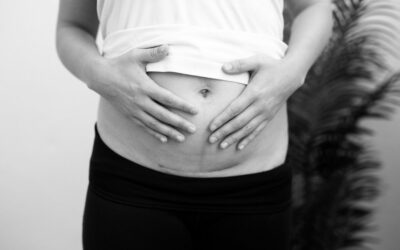Whether or not your c-section was planned or unplanned, you may have some questions about c section recovery essentials. Questions like, Can I ice my c-section incision? (Yup) Or is it worth it to wear a tummy binder after c-section? (Could be!) Or even, is it too late to massage a c-section scar. (Nope).
C Section Recovery Essentials
#1 Ice
If you’re reading this before you head to the hospital, and you know you’re going to have a cesarean birth, pack all the ice packs.
Ice helps reduce any postpartum soreness in the abdominal or pelvic region. It helps reduce swelling, decreases pain and discomfort, and speeds up the healing process. We recommend using the packs over the incision site for the first week after birth.
#2 Belly Binder
It’s important to keep in mind that belly wraps are not something everyone needs.
If an abdominal binder is too tight, it can cause pressure on your pelvic floor, which has already had a lot of pressure on it after pregnancy and childbirth. We do recommend soft belly bands as c section recovery essentials for some women with significant diastasis recti, cesarean births, hernias, or a mom of multiples who has a distended abdomen.
Compression shorts or pants by BaoBei or SRC are great options for abdominal support in lieu of a binder.
What’s super important is once healing is complete, start training the abdominal and pelvic floor muscles to engage during recovery. This will help decrease pain and regain strength (which a Pelvic Floor PT can help with).
#3 Scar Massage
I strongly recommend massaging your c-section scar after it has completely healed. This will decrease scar tissue restriction, which typically occurs between 4-8 weeks.
Believe it or not, your scar can contribute to pelvic pain, painful sex, constipation, overactive bladder, incomplete bladder emptying and scar sensitivity.
Get confirmation from your doctor that your scar has healed prior to starting massage directly over the scar. You can start working above and below the scar after just 2-4 weeks postpartum using these silicone cups. Once your scar has completely healed and has no scabbing, using silicone scar strips can help reduce discoloration and improve mobility.
If you aren’t quite sure what to do or feel uneasy just thinking about it, I walk step-by-step through scar mobilization in my Childbirth Recovery Series in the V-Hive membership. You can join free for 7 days to check it out.
And no, it’s never too late to work on your scar, even if it’s years later!
How can I ease my first post C section poop?
Pooping postpartum can be tough! Following a cesarean birth, I recommend applying pressure over the abdomen with a pillow as you gently exhale and bear down during bowel movements.
This pillow supports the healing incision while you poop, and helps regulate intra-abdominal pressure during defecation so your stitches or staples stay intact. You may also find it helpful to use the pillow over your incision or under your seat belt when riding in a car or when coughing.
When you are ready to poop after birth, don’t forget your squatty potty under your feet to help with pelvic floor relaxation, a peri bottle to spritz and cleanse your bottom afterwards, or install a bidet for optional cleansing at home.
When can I return to exercise?
Probably not anytime soon, remember, a C-Section is a major abdominal surgery.
Start slowly by getting out of bed to walk every day which can begin on day 1 after birth. Make sure you stand upright and avoid slouching to allow your abdominals muscles to elongate and not restrict at the incision site.
You should also roll over onto your side to get in and out of bed instead of sitting straight up.
Perform belly breathing when you are lying down to relax your abdomen. After a few weeks, progress to performing gentle pelvic floor muscle/kegel contractions to initiate regaining muscle strength and function.
At this point, you probably shouldn’t be lifting anything heavier than your baby.
You’ve probably heard that six weeks is usually the go-ahead, but you’ll want to get the clear from your doctor, and preferably a Pelvic Floor PT, before continuing additional higher intensity exercise. Returning to exercise after your c-section should be slow and gradual. Start with gentle pelvic floor and core exercises, like the post surgical course videos in the V-Hive Membership!
What about a VBAC post c-section?
I couldn’t write a blog post about cesarean sections without mentioning a VBAC.
VBAC stands for a Vaginal Birth after a Cesarean. Research shows up to 60-80% of women who go through a trial of labor to attempt a VBAC are able to have one. This is great news as many women unexpectedly have a cesarean birth and may want to try a vaginal birth the next time around. So the research is in your favor.
Benefits of a VBAC include shorter recovery, decreased risk of surgical complications, and the opportunity to experience a vaginal birth if that’s your jam.
What will decrease my chances of having a VBAC?
- Two prior cesarean births
- The mother’s age
- Going past 40 weeks
- Having a cesarean within 18 months prior
- Vertical uterine incision
- Measuring a large baby
- Being induced
Whether you’re preparing for a planned cesarean, a VBAC, or recovering postpartum, it’s important to educate and empower yourself with information. The V-Hive Membership walks you step-by-step through preparing for a vaginal or cesarean birth in the Childbirth Preparation Series and through recovery and scar massage in the Childbirth Recovery Series. Get all of your C-Section recovery essentials and start a 7 day free trial today.





